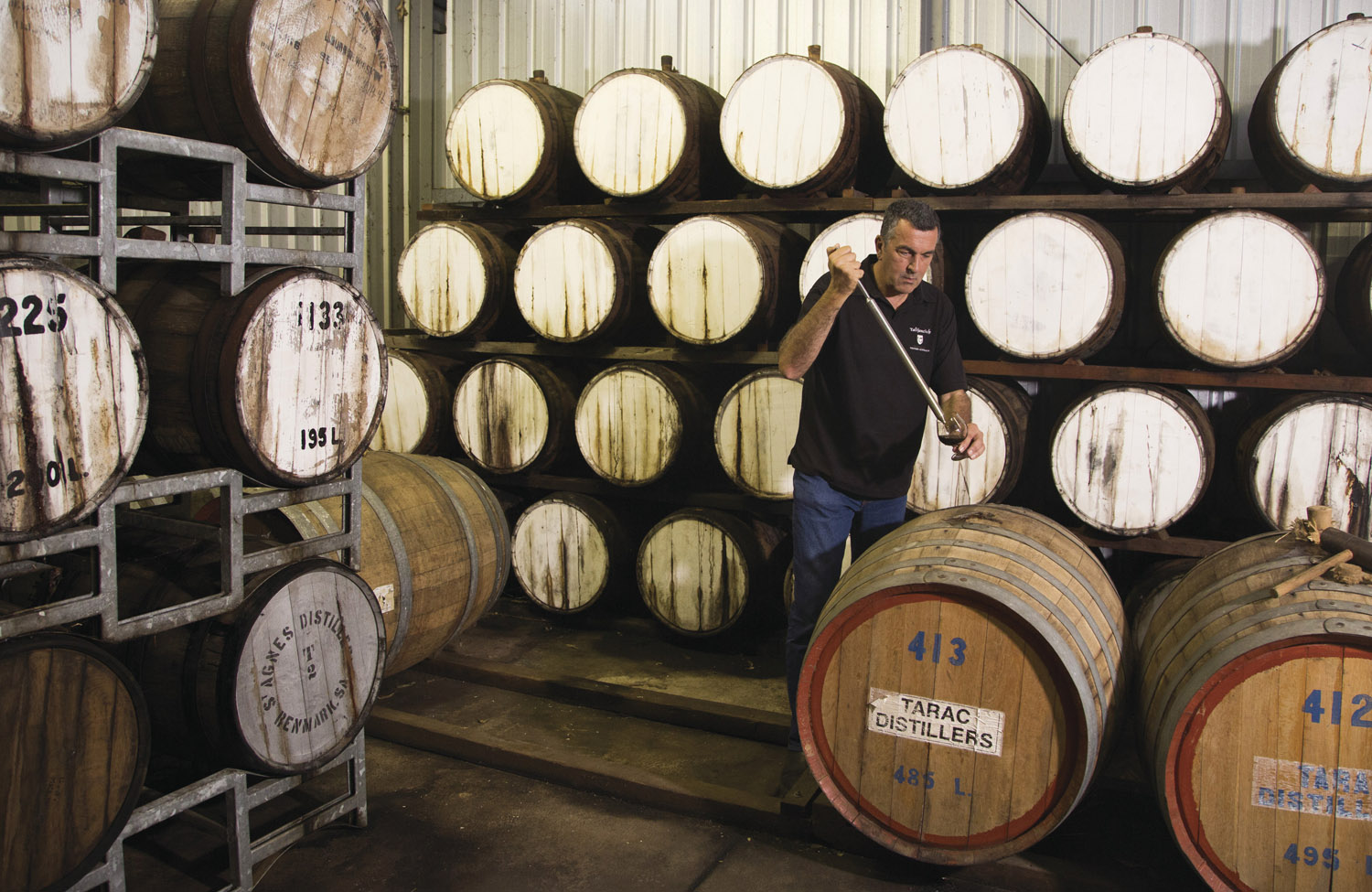Verdelho
Verdelho originated in Portugal where it was mainly used for the production of fortified wines. In Australia the variety is mainly used to make dry white table wines, it is a variety that thrives in the climate of the Swan Valley. Verdelho is a crisp, full flavoured wine style perfect with or without food ideal to serve with tapas, freshly shucked oysters and perfect with most Asian cuisines.
Chenin Blanc
Chenin Blanc’s origins can be traced back to the central regions of the Loire Valley in France. It can be used to make Sparkling wine, dry wine and dessert style wine. It is grown extensively in the Swan Valley and often forms the basis of wines called “Classic”. The vines produce abundant crops and thrive in the warm summers and produces wine of immense flavour. The crisp dry, minerally style of chenin works well with grilled pork maybe with an apple of pear accompaniment and simply prepared fresh seafood. The sweeter style of Chenin is suited to Asian style foods, soft cheeses and desserts that are fruit based.
Chardonnay
Chardonnay is thought to have originated in the Burgundy region of France; it is grown with great success in the light soils of the Swan Valley. Chardonnay is a very versatile grape variety and can be used for a multitude of wine style. Chardonnay is one of the base wines in sparkling wine production, it can be made as and oaked or unoaked table wine. Chardonnay is the perfect partner for a creamy pasta carbonara garlic prawns or a crisp Caesar salad.
Semillon
Semillon first arrived in Australia in the early 1800’s it is thought early settlers to our shores purchased grape cuttings of Semillon from South Africa while on their journey to Australia. Semillon was grown extensively in South Africa where the climatic conditions are much the same in some regions as Australia. Semillon is mainly made into a dry style white table wine but can also with the influence of Botrytis make a very rich, luscious dessert wine. Semillon is ideal with fresh Swan Valley Asparagus and summer salads.
Sauvignon Blanc
Sauvignon Blanc’s origins are from the Bordeaux region of France and are grown very successfully in most regions of Australia. Swan Valley Sauvignon Blanc is described as crisp, citric and refreshing and is best enjoy young while this fresh characterises can be enjoyed to the full. Sauvignon Blanc is well suited to goat’s cheese, sushi and most fresh seafood.
Sparkling wines
Synonymous with the Champagne region in France, sparkling wines have long been the favoured drink to celebrate any occasion. In Australia Champagne is referred to as Sparkling Wines. The majority of sparkling wine produced is white but made from a base of red wine grapes usually Pinot Noir which is blended with Chardonnay and / or Pinot meuniere.
The traditional method referred to as Methode Champenoise is time consuming and expensive, but very much worth the extra effort. To the base wine a mixture of sugar and yeast known as Liqueur de Tirage is blended is then put into individual bottles and sealed. The fermentation process in the bottle then produces carbon dioxide which dissolves into the wine and creates the millions of fine bubbles.
The wine is then allowed to mature in the bottle which is stored in the invert position which allows the sediment to gather in the neck of the bottle. When the wine has sufficiently matured the neck of the bottle is frozen, the cap removed and the sediment or lees is removed from the bottle neck. Final adjustments to the wine are made and then the cork and wire cage are put into place.
Excellent examples sparkling wine made in the traditional method are available at many Swan Valley cellar doors. Served sparkling wines chilled with good friends and family for maximum enjoyment.



